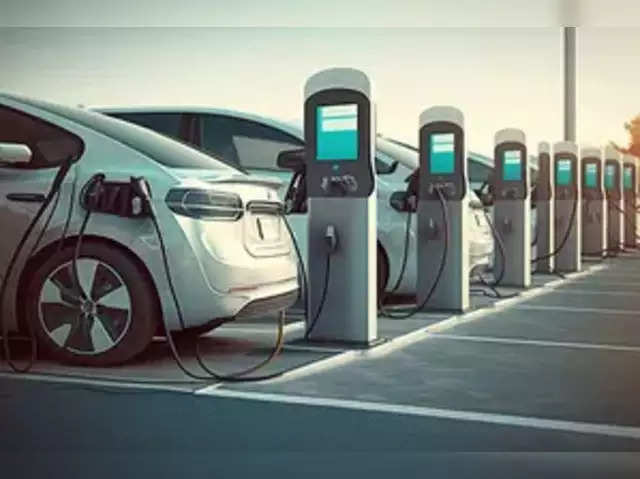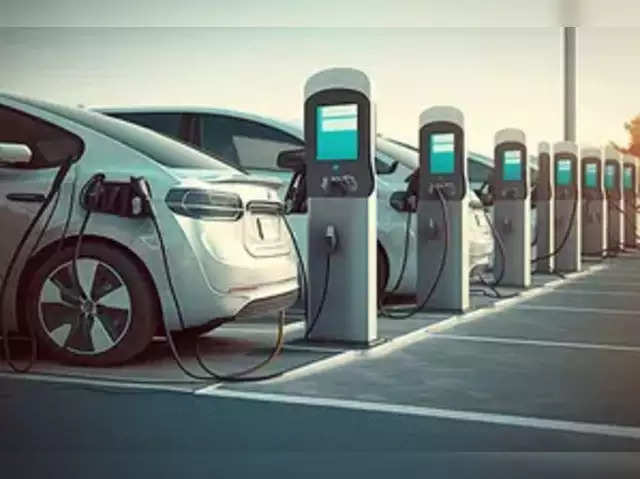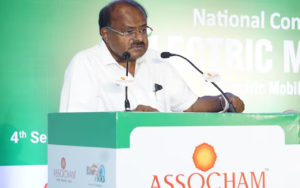
In India’s fledgling electric vehicle market on expectations that a government push towards ecofriendly mobility and greater consumer awareness will further accelerate sales.
Domestic electric passenger vehicle sales have picked up pace, with the number of mass-market models growing threefold to a dozen by seven companies in 2023, from just four models by three manufacturers prior to the pandemic, according to data collated by automotive market research firm Jato Dynamics.
Tata Motors dominates the local EV market with its Tiago, Nexon, Tigor and Punch, followed by MG Motor India and Mahindra & Mahindra. China’s BYD, a relatively new entrant, is making strong inroads, surging ahead of even established rivals such as South Korea’s Hyundai and Kia. BYD, the world’s number one electric vehicle maker, launched the Seal sedan earlier this week — the third model in its portfolio after the e6 multipurpose vehicle and Atto 3 SUV.
BYD sold 2,658 vehicles in India in 2023, recording a more than threefold rise from the previous year. Tata Motors, India’s third-largest carmaker, has lofty ambitions from the segment.
“The EV contribution in our portfolio is likely to increase to 25% in five years and reach 50% by 2030,” Tata Motors said in its annual report for FY23. Gaurav Gupta, deputy managing director at MG Motor India, said, “Around 30% of our total sales come from our EV models, as the company is continuing to enhance its product portfolio.”
MG is among the early automakers to launch EVs in India, starting with the ZS model, and the Comet launched last year. Strong growth in electric volumes is being triggered by government incentives to support both EV manufacturing and charging infrastructure, falling battery prices and increasing consumer awareness. This has also led to a surge in the number of new models, giving consumers a wider choice, say manufacturers.
The main concerns keeping EVs from mass adoption are over affordability, range anxiety and underdeveloped charging infrastructure. There is, however, optimism for the future. Battery cost, which makes up as much as 40% of an electric vehicle’s price, is reducing, with raw materials such as lithium becoming cheaper. Automakers are passing on this benefit to consumers.
“Owing to the secular trend of lowering battery prices, EVs are likely to continue with the deflationary price trend. Thus, we will witness that thye price gap between ICE (models with internal combustion engine) and EV will further reduce,” said a senior official at a Mumbai-based EV maker who did not wish to be named. Affordability is expected to bring an increase in the share of lithium-ion battery models in the domestic PV market. The narrowing price gap will increase EV adoption, said Ravi Bhatia, president of Jato Dynamics.
The tipping point will be when the upfront purchase price of EVs closes in on fossil fuel-based vehicles, even if the total cost of ownership parity may be achieved earlier, say carmakers. Other global players such as Elon Musk-led Tesla, California-based Fisker and Vietnam’s VinFast are also firming up India launch plans. With the upcoming EV launches, experts expect exponential growth in the local market.






